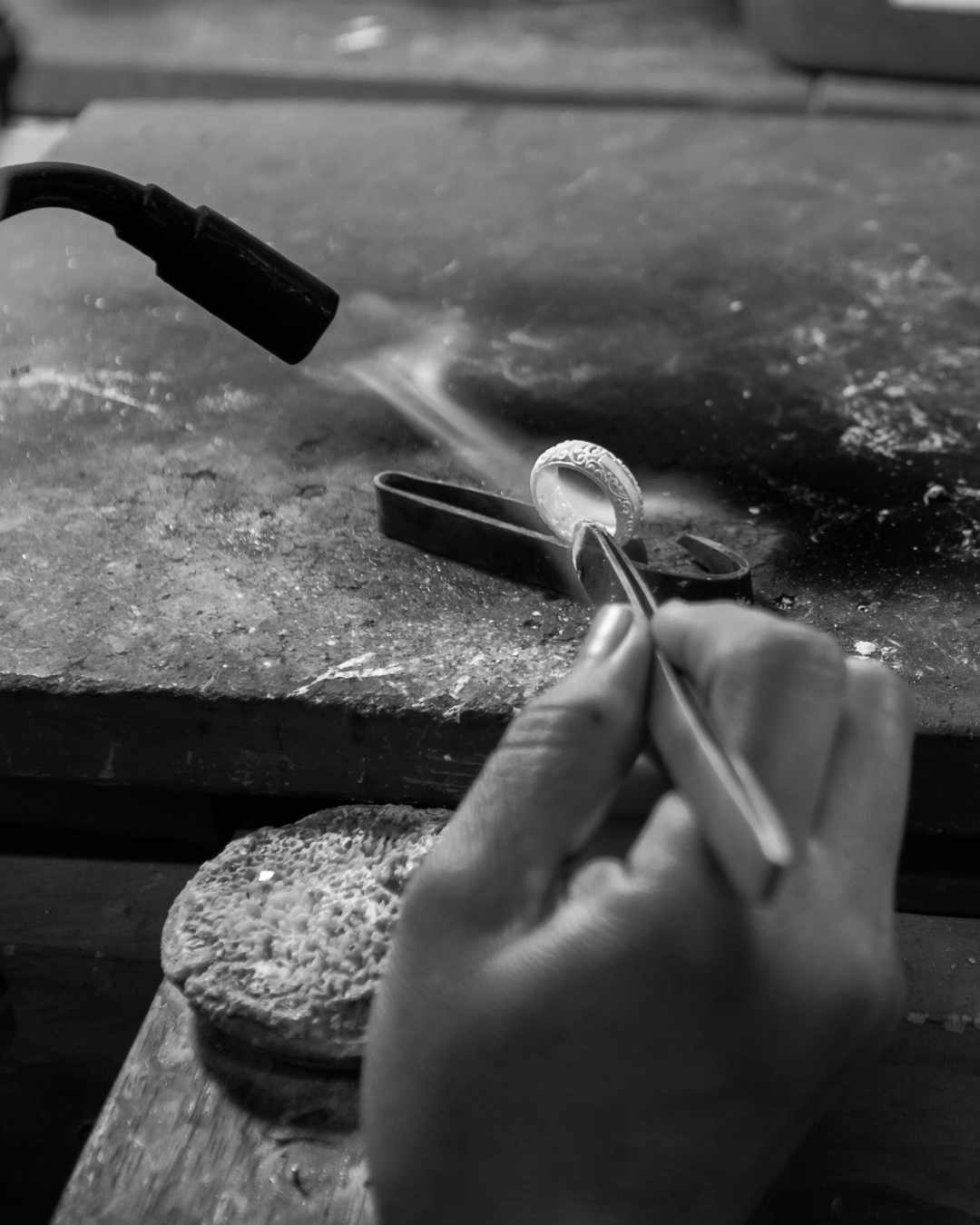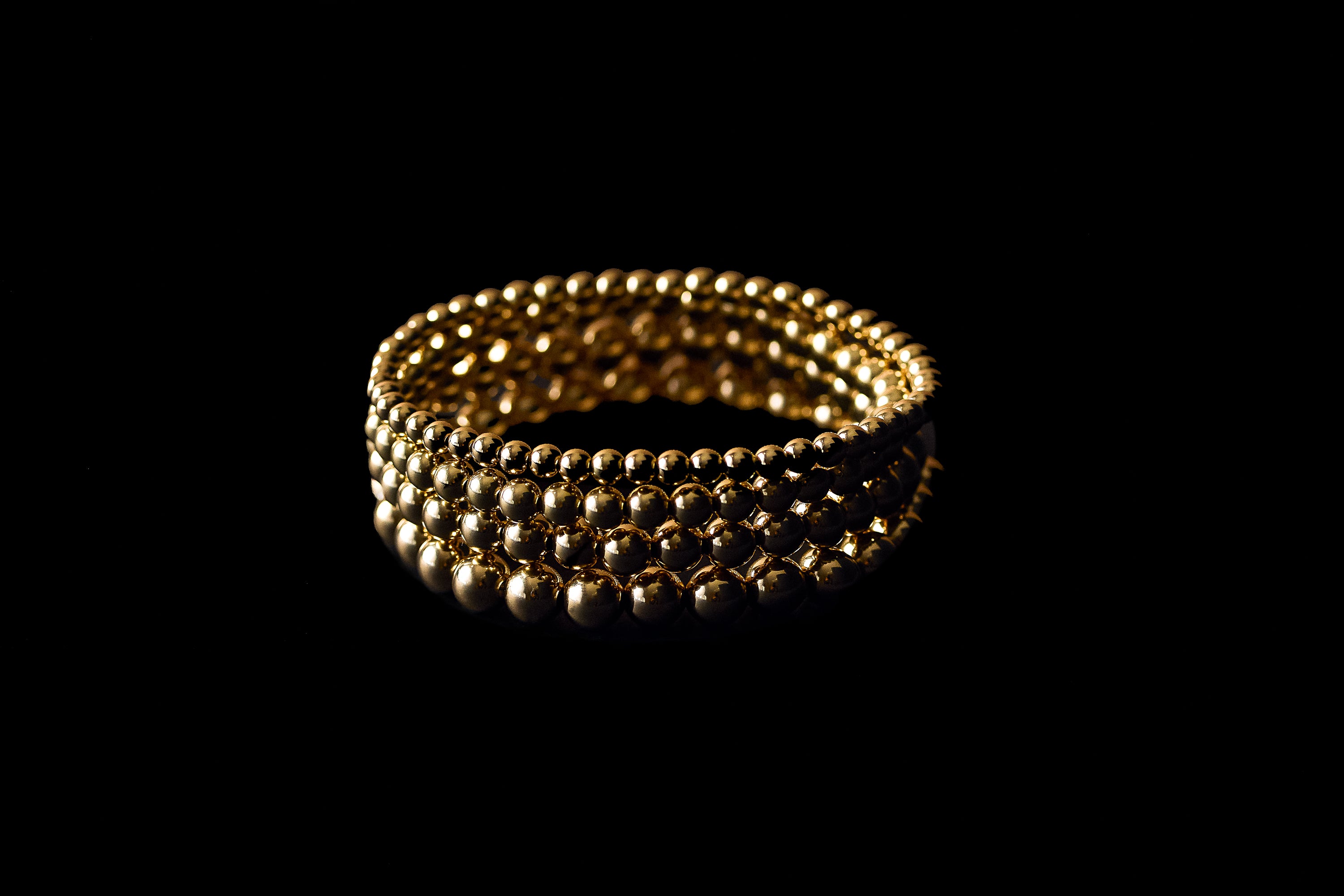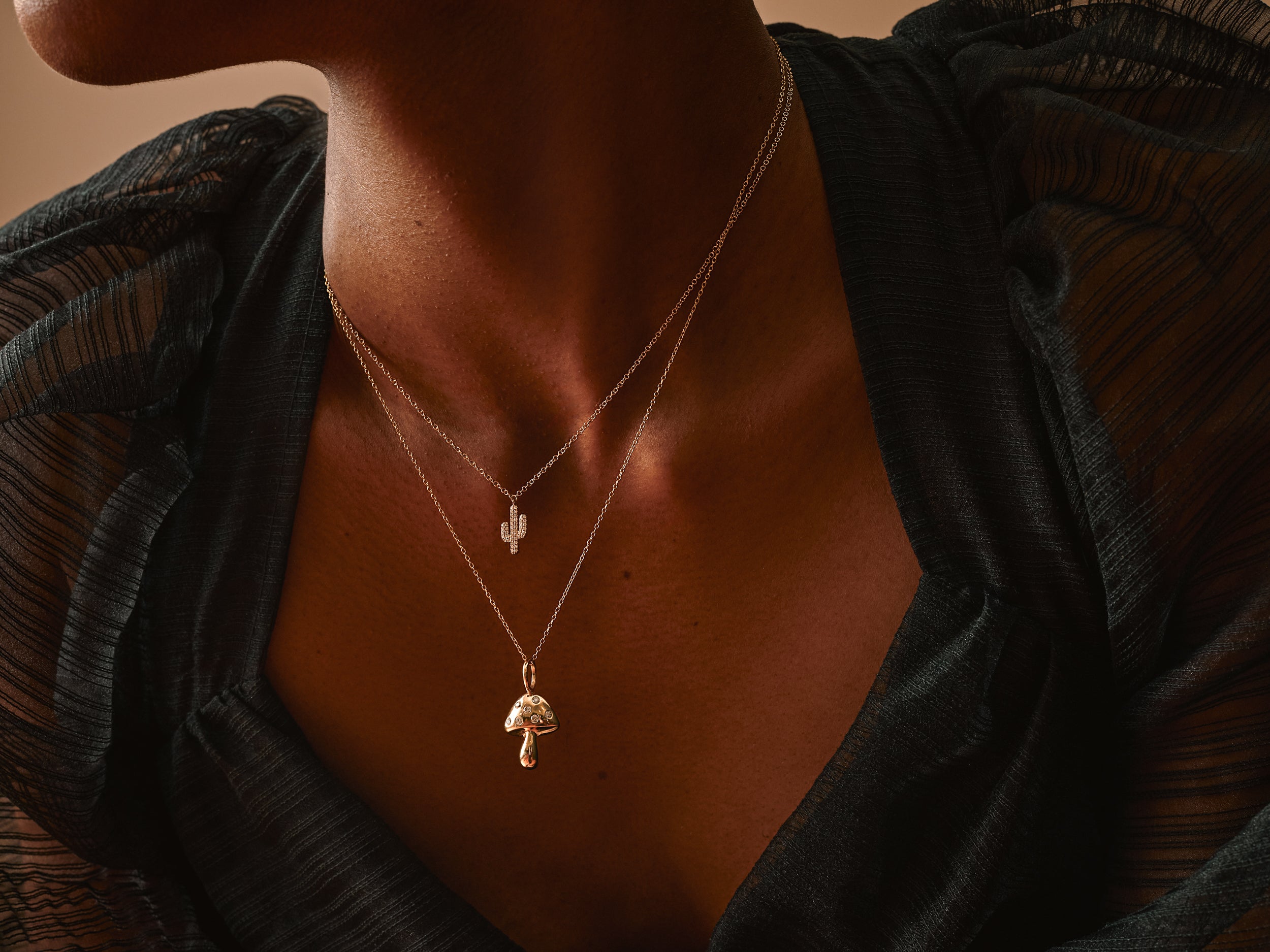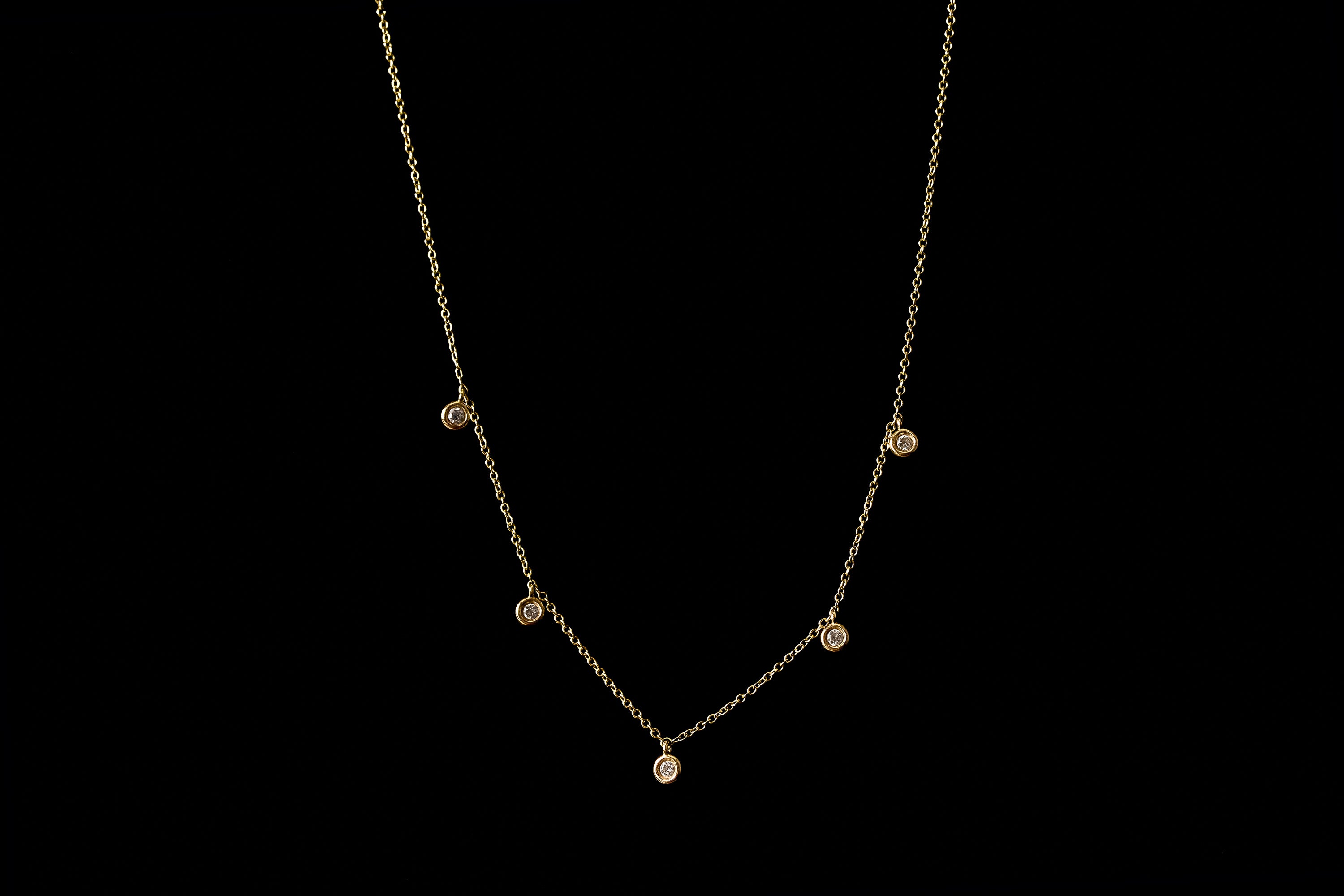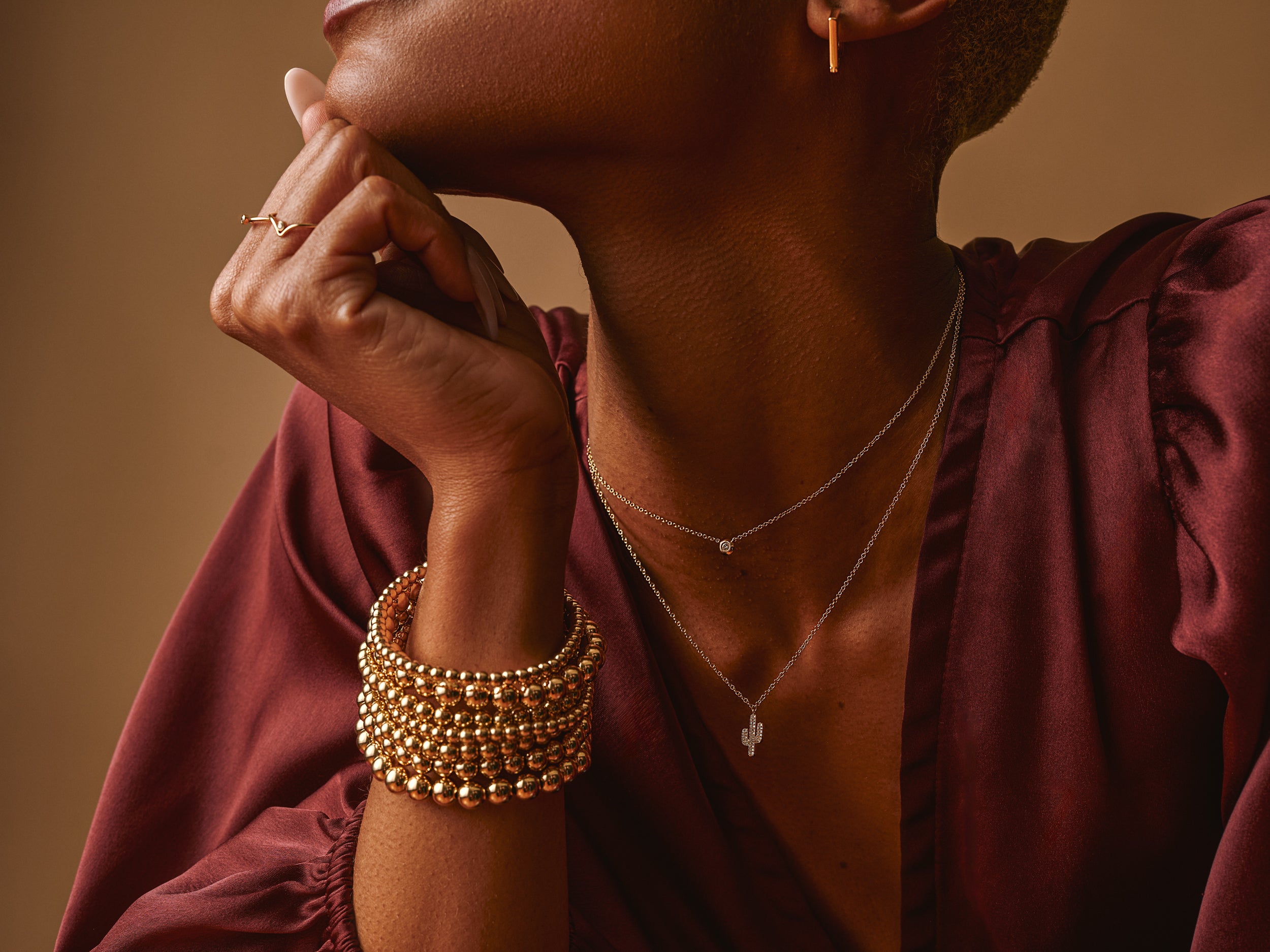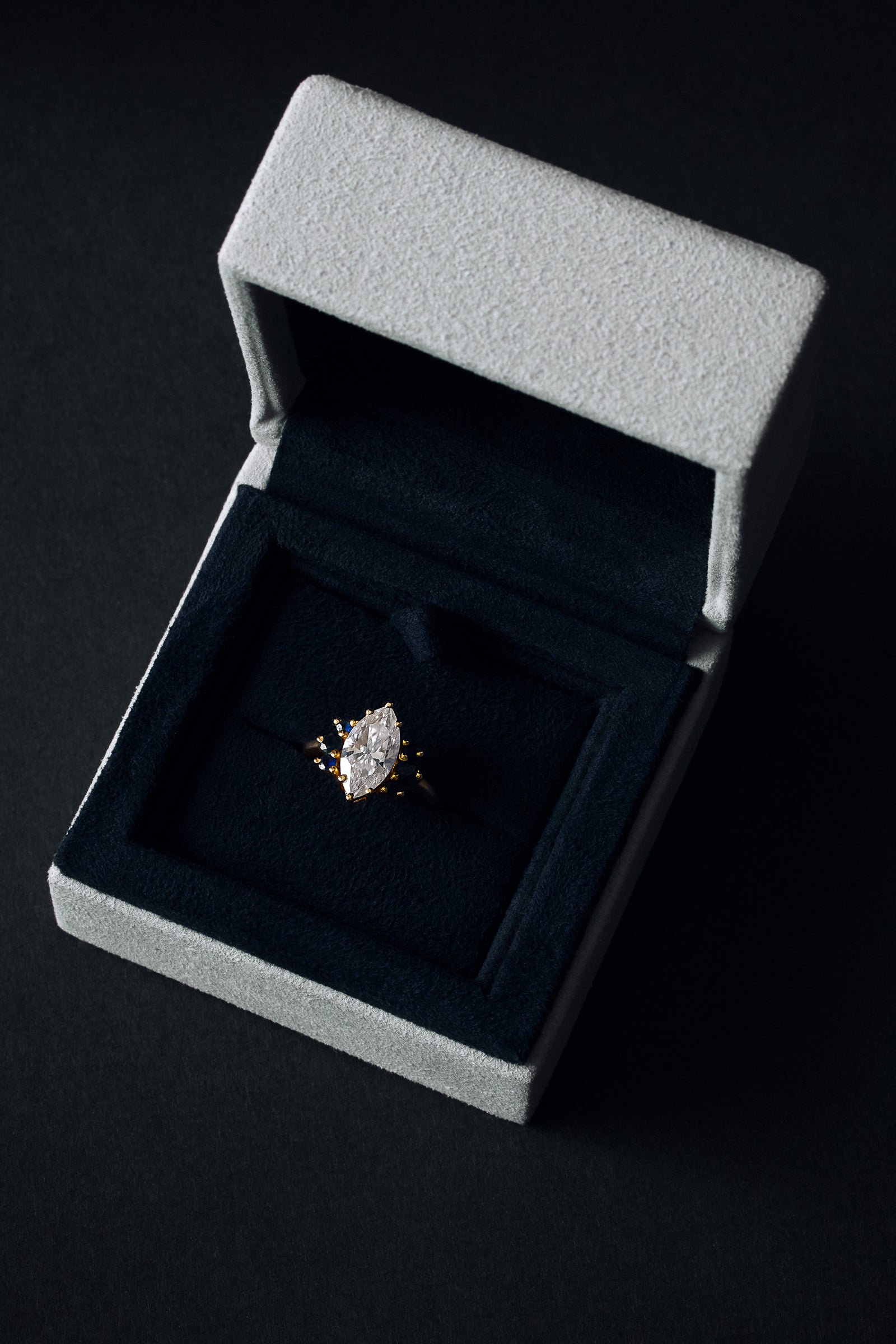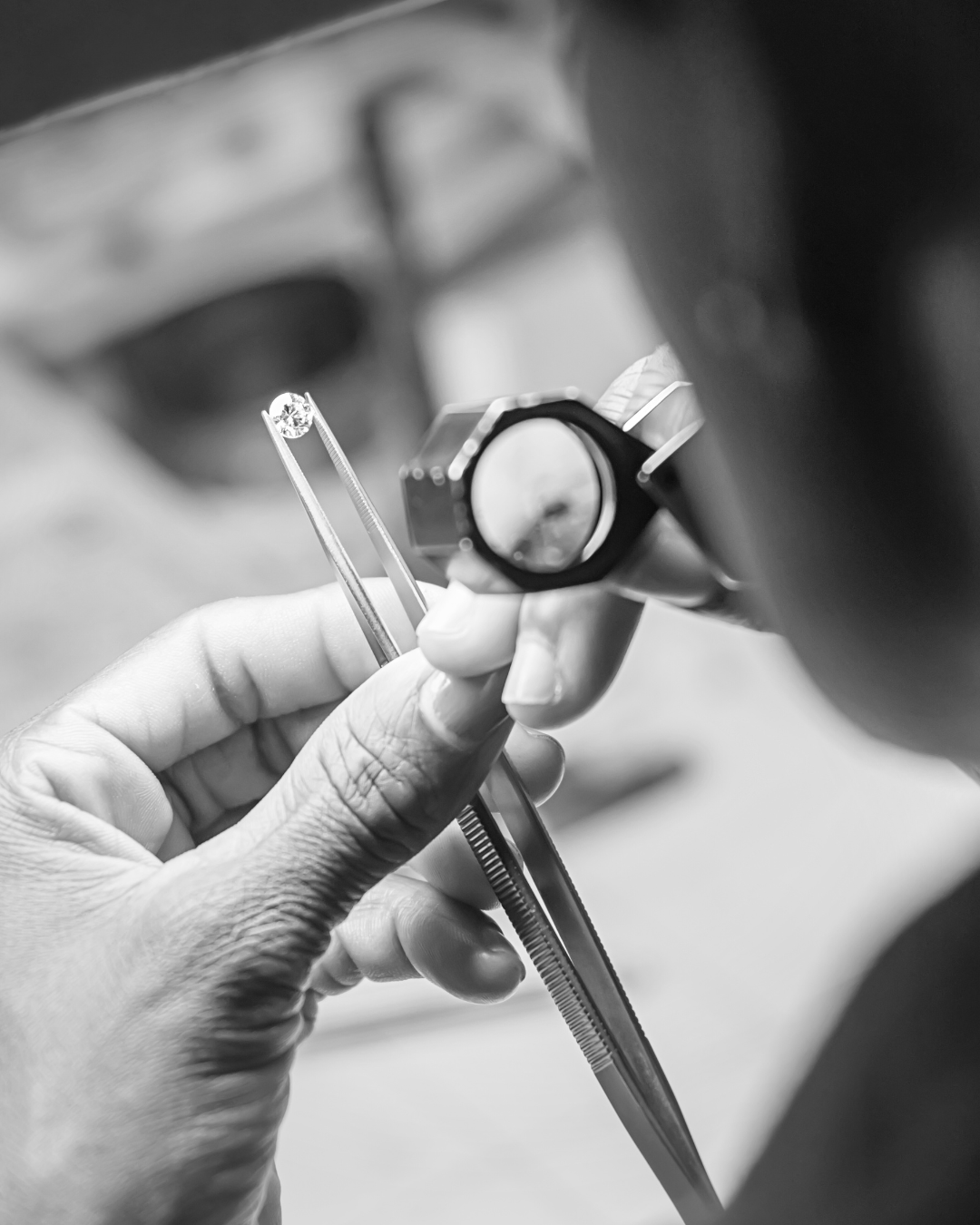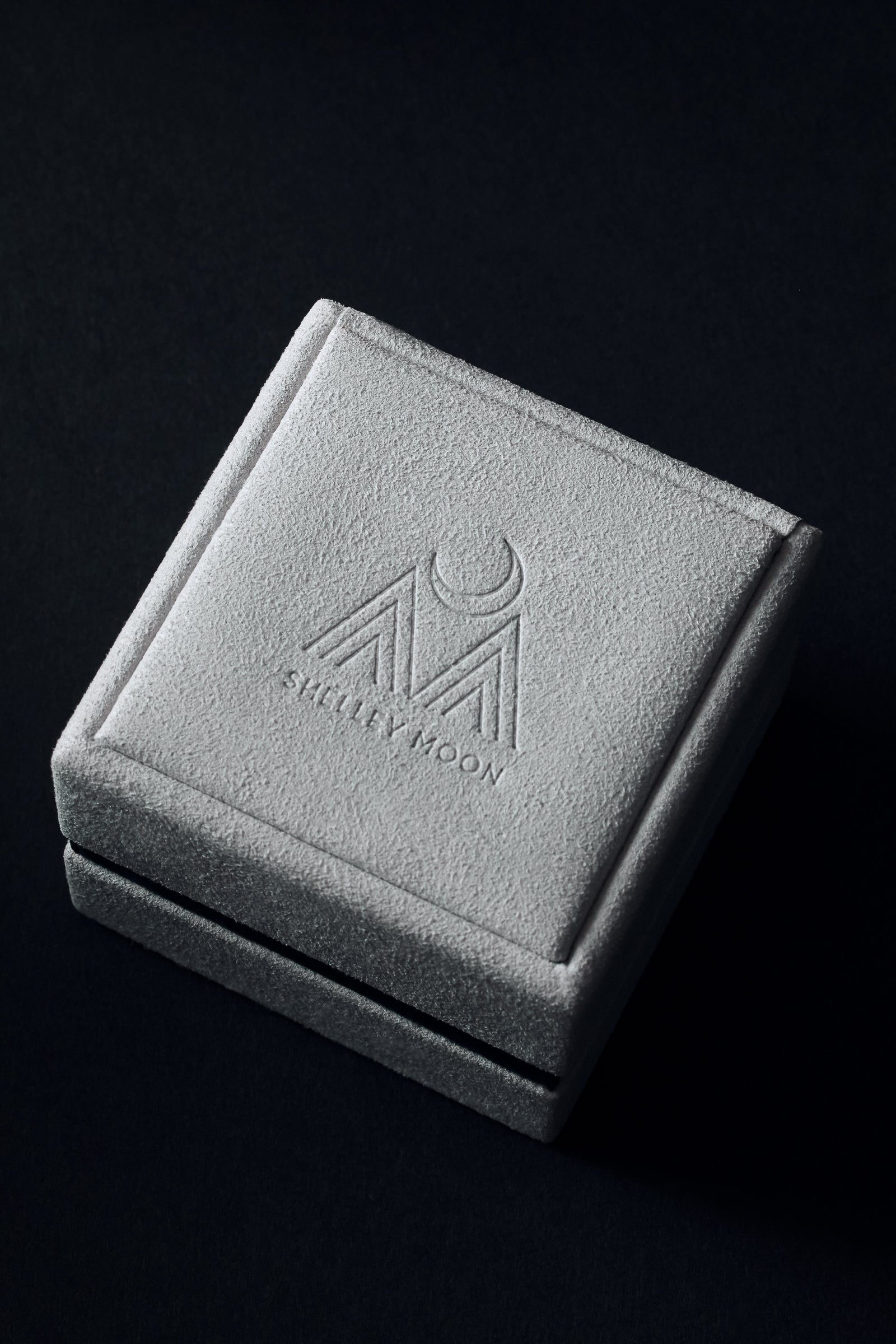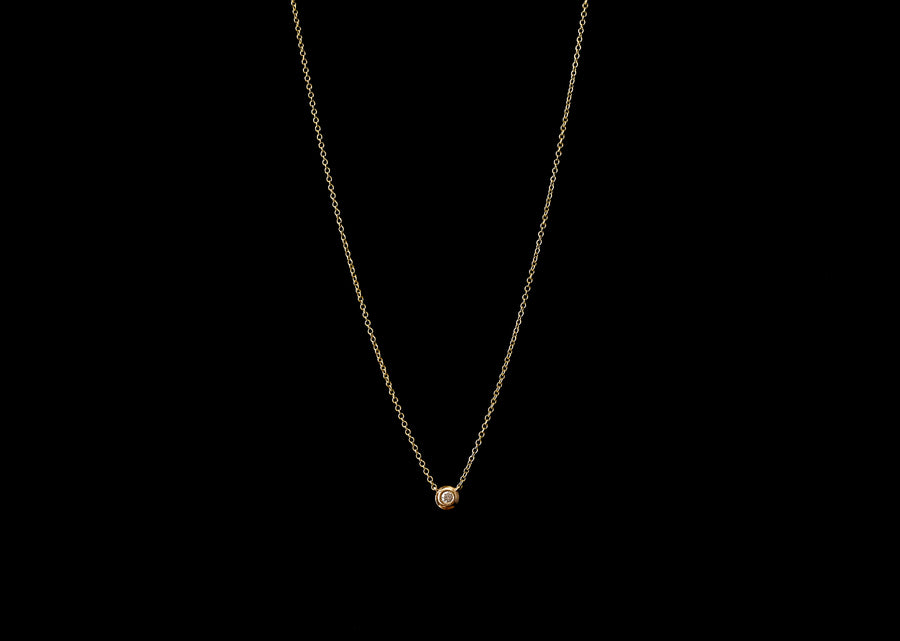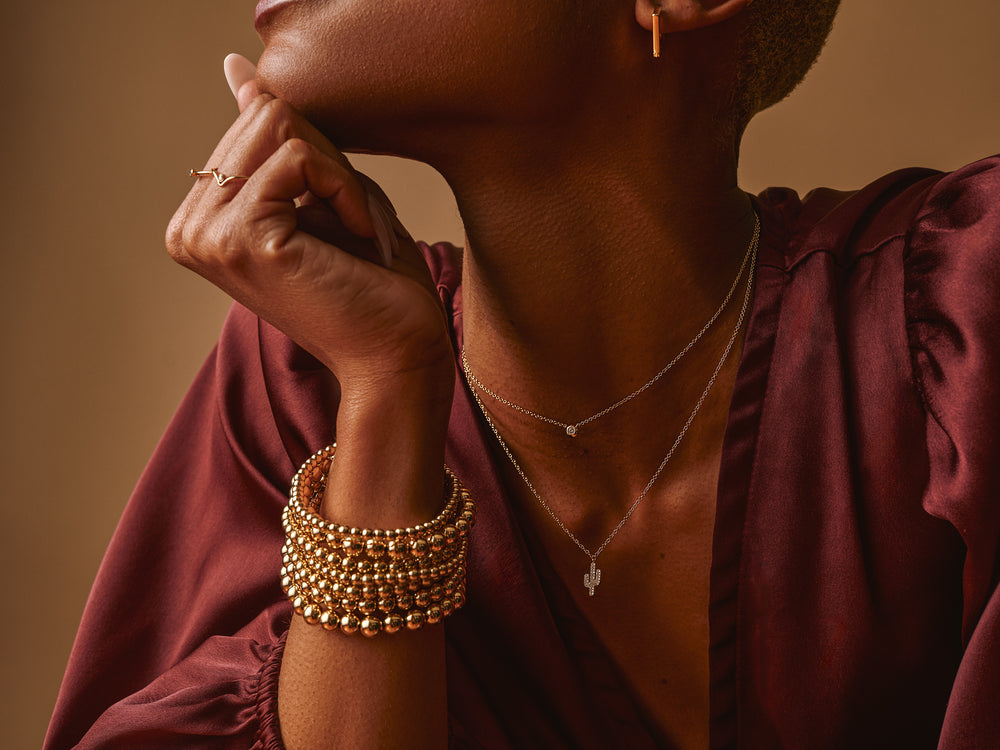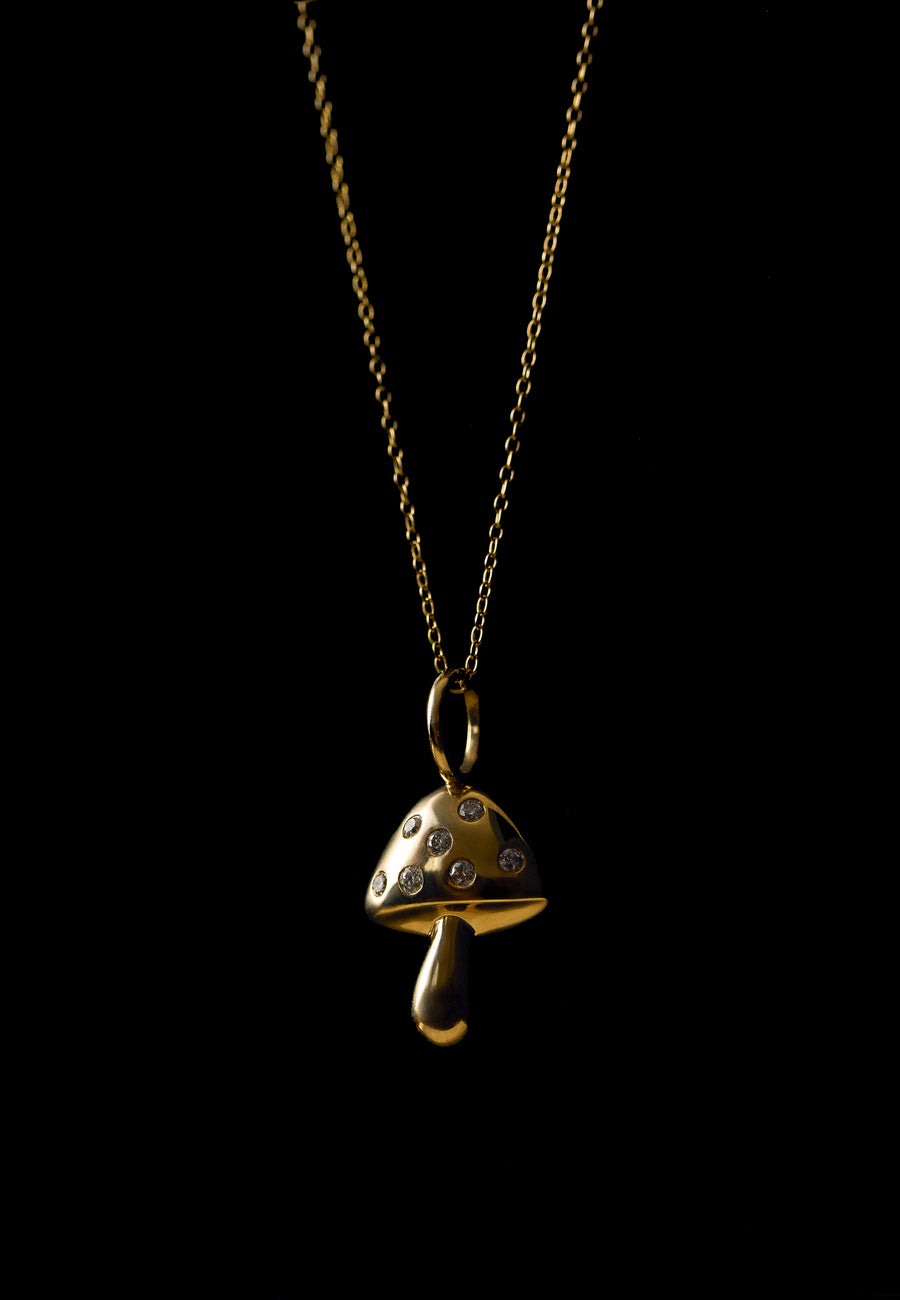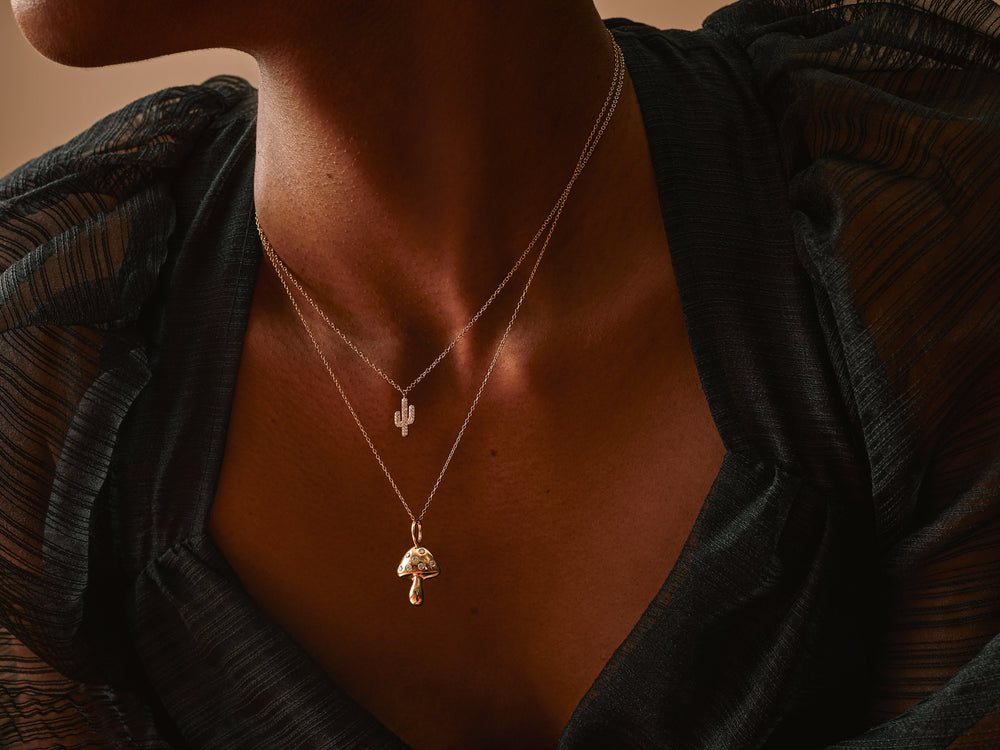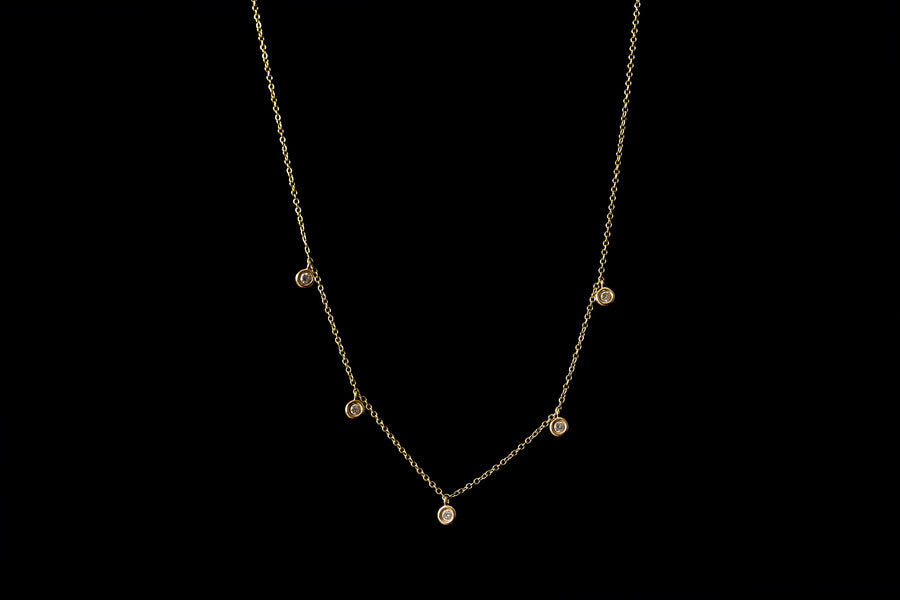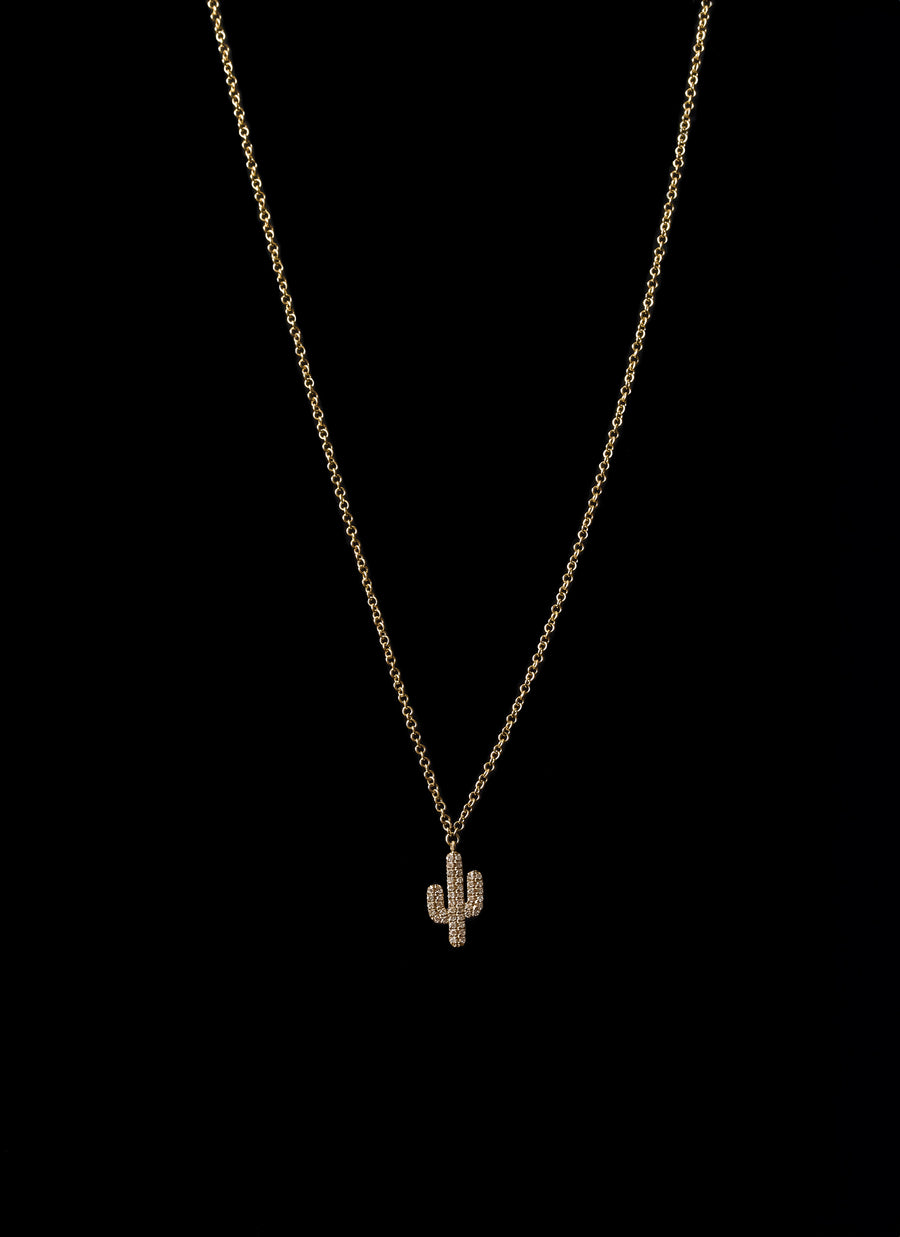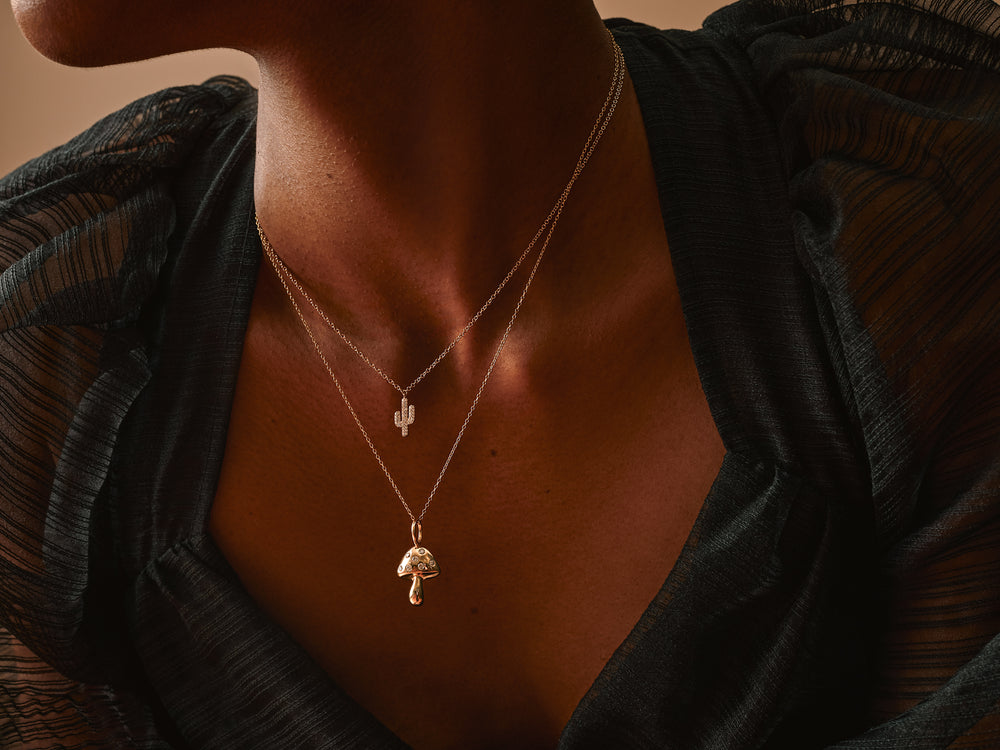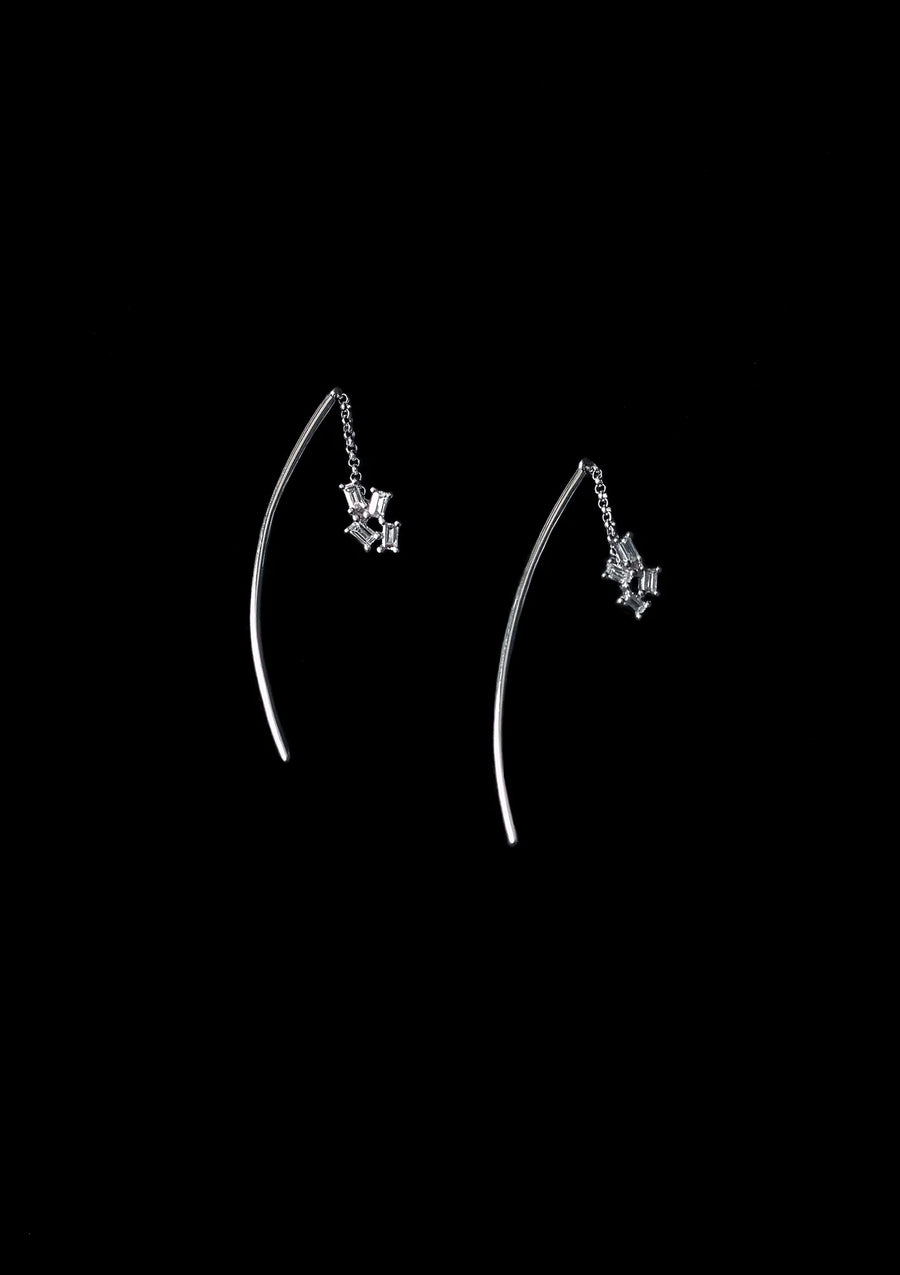Ethically Sourced
We are committed to ethical sourcing and quality craftsmanship in every piece of jewelry we offer. Our partnerships with vendors and artisans are built on strict ethical standards and a deep understanding of the supply chain. Our gold is responsibly sourced from Fairmined Certified Mining Organizations, regulated and certified by the Responsible Jewellery Council (RJC), and subjected to rigorous third-party audits for ongoing compliance. Conflict-free stones undergo the Kimberly Process (KP) for additional assurance. The majority of our stones are meticulously cut and polished in downtown Los Angeles and Austin, ensuring superior quality control and supporting fair compensation and safe working conditions for our skilled makers. Our fine jewelry collection features 14k yellow and white gold, while our sustainable collection utilizes 100% sterling silver as the base metal, with a layer of 2.5 - 3 microns of yellow gold. Additionally, our gold-filled collection is crafted with either 14k or 18k yellow gold, depending on the collection and style, reflecting our commitment to sustainability and quality.
